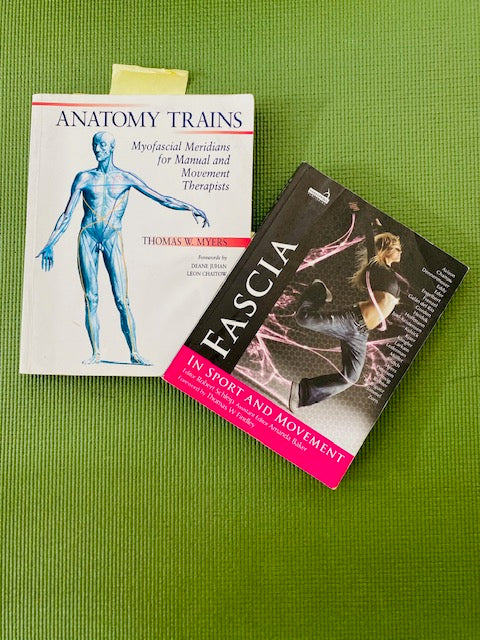Fascia is a little known part of our anatomy but more and more research is being done on this important tissue. With this research, it is known that fascia has many roles in our body: It suspends our organs, it is partly responsible for the shape of our body and it surrounds, connects and even dives deep inside muscles.
Current research shows that fascia helps muscles contract more forcefully. This is due to two reasons. The first is the Broadening Effect of fascia that encircles muscles. The fascia that surrounds a muscle constrains the muscle as it shortens and contracts. This push against the fascia by the contracting muscle - increases the muscular strength. If a muscle does not have fascia surrounding itself, the muscle will not be able to contract as forcefully.
A clinical example of this is, if a woman who has had a left radical mastectomy secondary to breast cancer, where the fascia that covers the pectorals on the left side has been also been removed. This woman will have great difficulty pushing through her left arm to get out of bed but she will have no difficulty on the right arm that has intact fascia covering her right pectorals.
The second reason is that research is also discovering that fascia is not just the shrink wrap covering the muscles of our body. Fascia is not inert. Fascia has both sensory and contractile properties. We all know that when we workout our body shape changes, as we continue to workout on a regular basis, we quickly begin to take more resistance for more challenge and our muscles contract more quickly and more efficiently, we also need to change up our workout to improve results (the effect of muscle confusion) This is all due to the close relationship of the muscles and the fascia of our bodies.
For example, observe the body shape of a rower versus a road cyclist. The rower will have a dramatically different physique than the road cyclist. This is because the rower will be spending hours working his arms, back, abs and legs - effecting the muscles and fascia for his whole body. The road cyclist will have very toned legs and often a turned off core especially if the cyclist cycles in a flexed posture and does no core training. Exercise and sports that we choose to engage in will change our physique.
This blog was written because I had my first experience with a social media hater. This individual started a negative thread regarding my Instagram post targeting the muffin top. I do agree with this individual that dieting will decrease the adipose tissue at this area. However, if you exercise you also effect change at your muscles and fascia, eventually changing your body's shape.
We all have seen thin people, who do not workout and have low tone in their muscles and fascia and have muffins tops and flabby arms. Improving the shape of these individuals is not further dieting but focused, mindful and regular exercise.
Furthermore, people (overweight, average weight or underweight) who have flabby arms will notice change in the shape of their arms by incorporating regular biceps, triceps and deltoid work. Finally, people often say ..."Wow, since starting regular workout my overall weight has gone up but my clothes are fitting so differently." They have effected change in their body's shape!
In conclusion, I hope this blogs inspires everyone and especially health and fitness professionals to follow the new research on fascia and its intimate role with muscles and fitness.
I would recommend any books by Thomas Myers and especially Anatomy Trains and the book, Fascia in Sport and Movement by Robert Schleip. I have studied both of these books and researched fascia on the internet.


